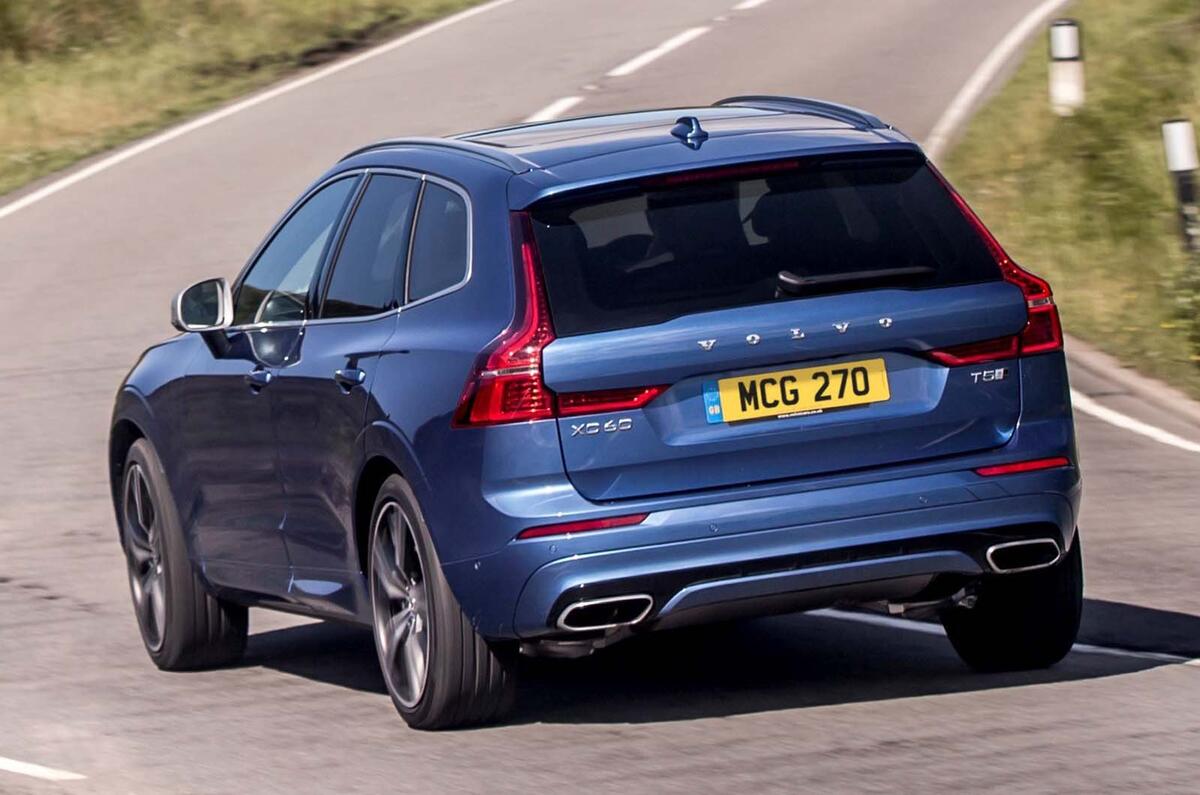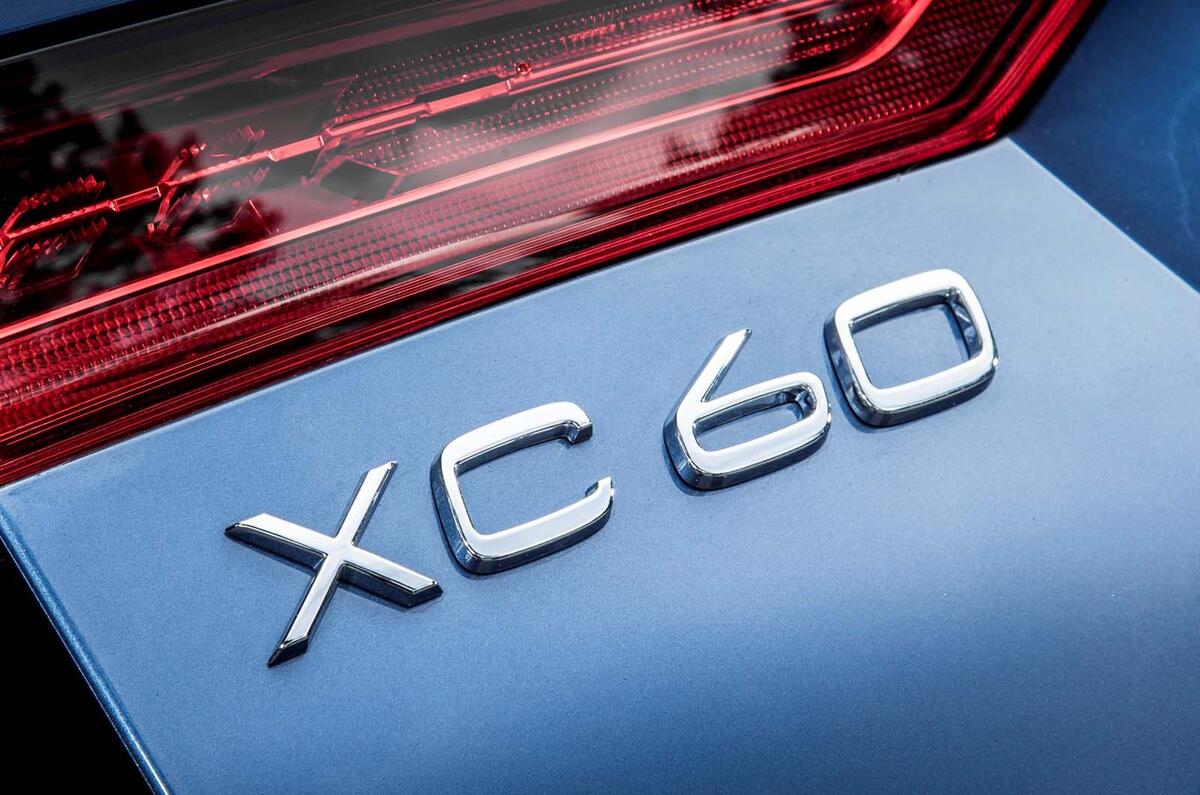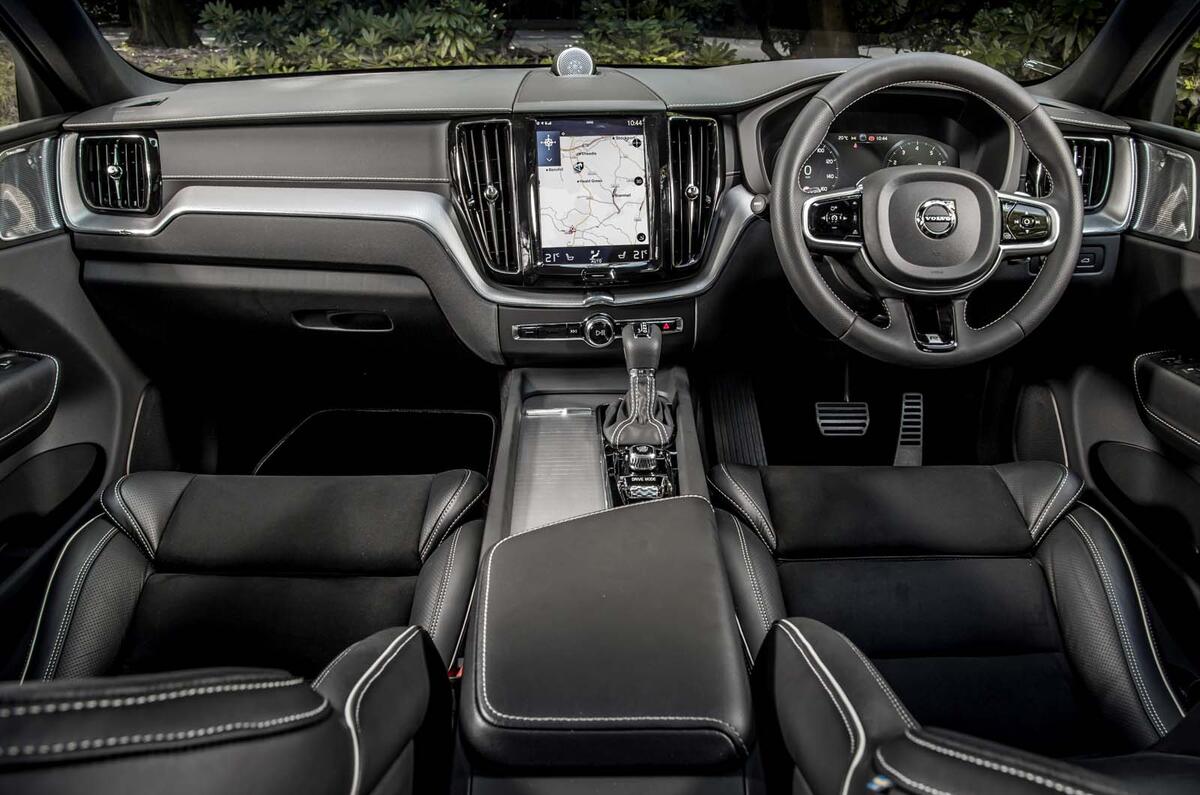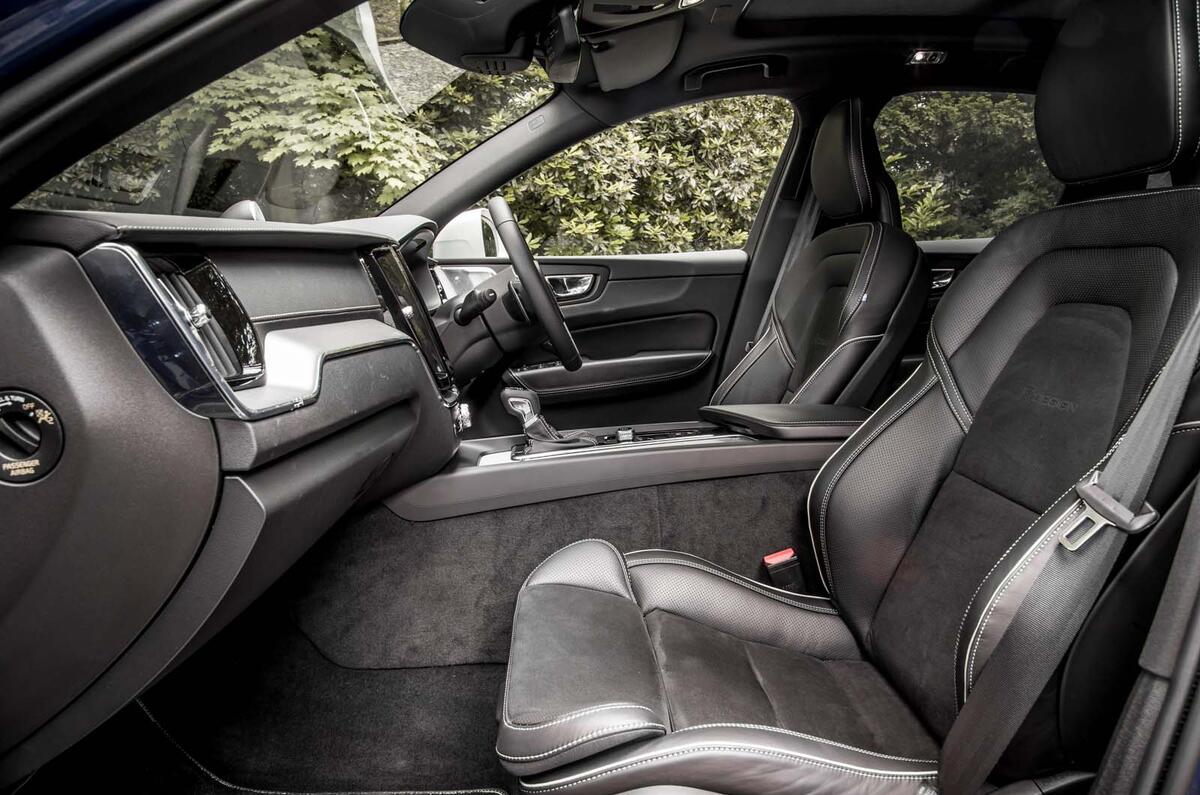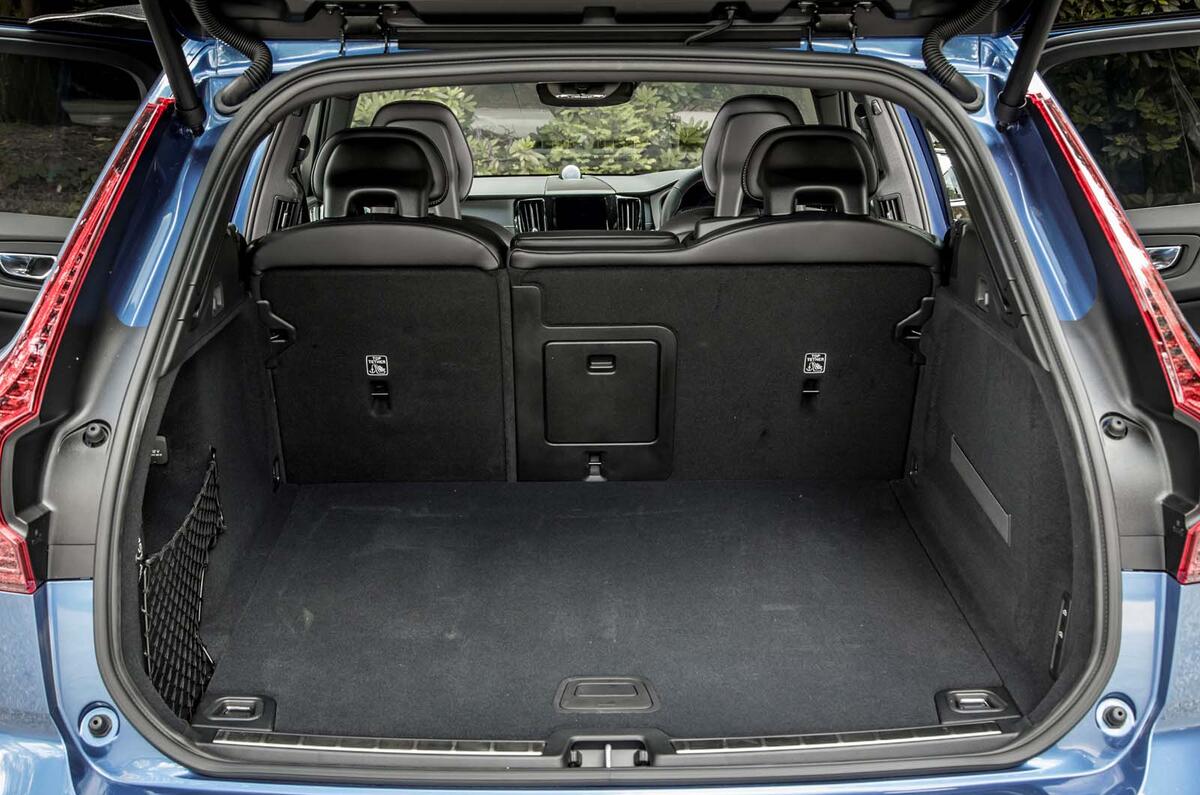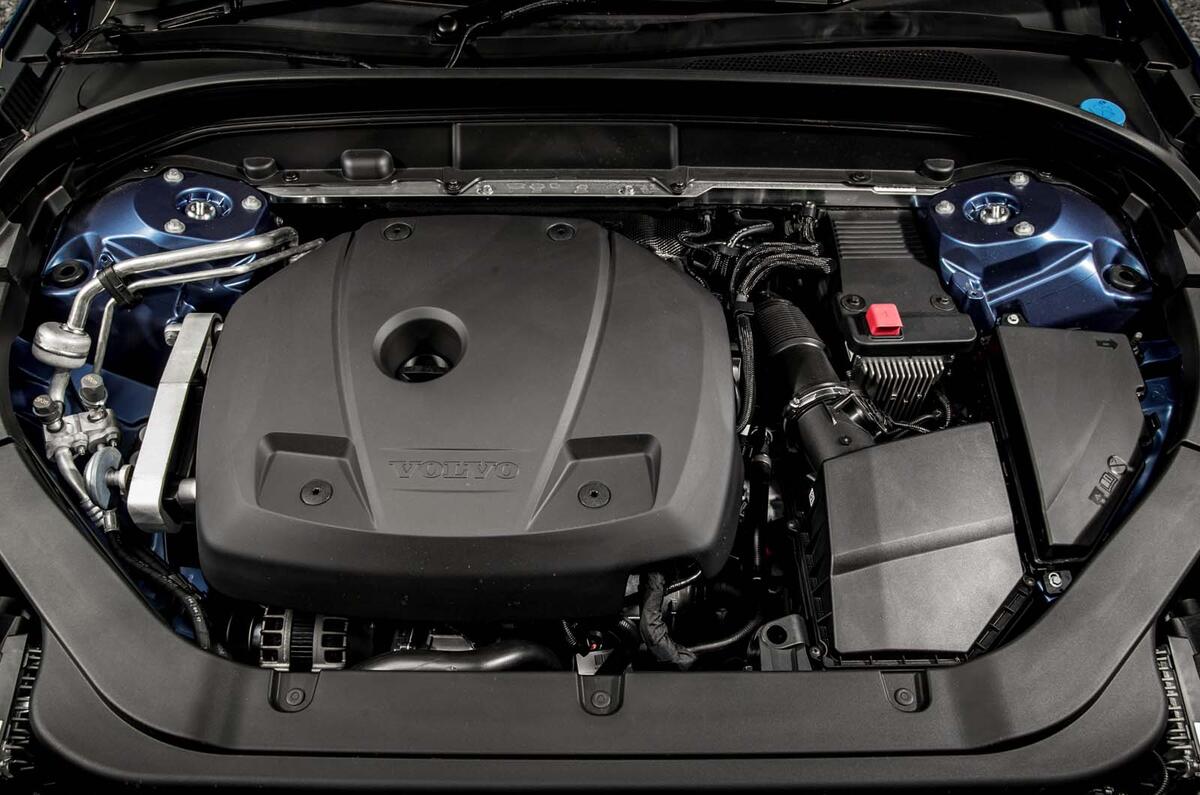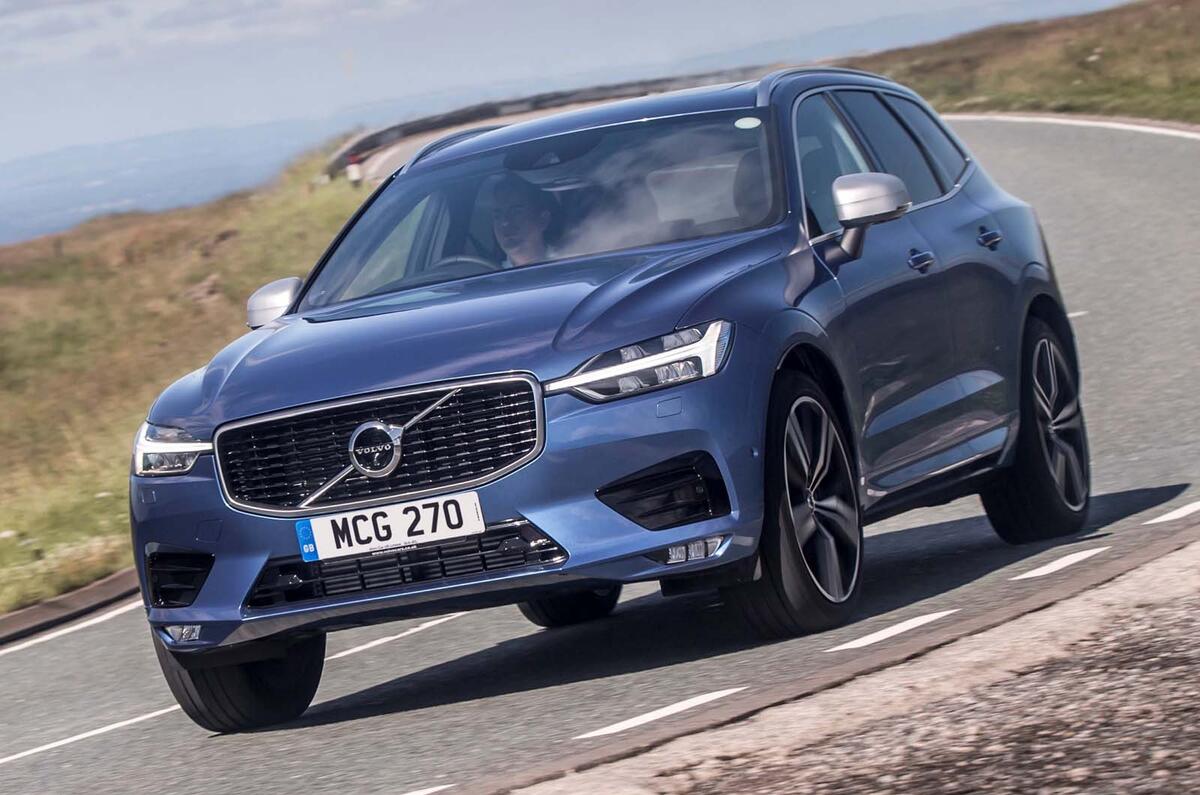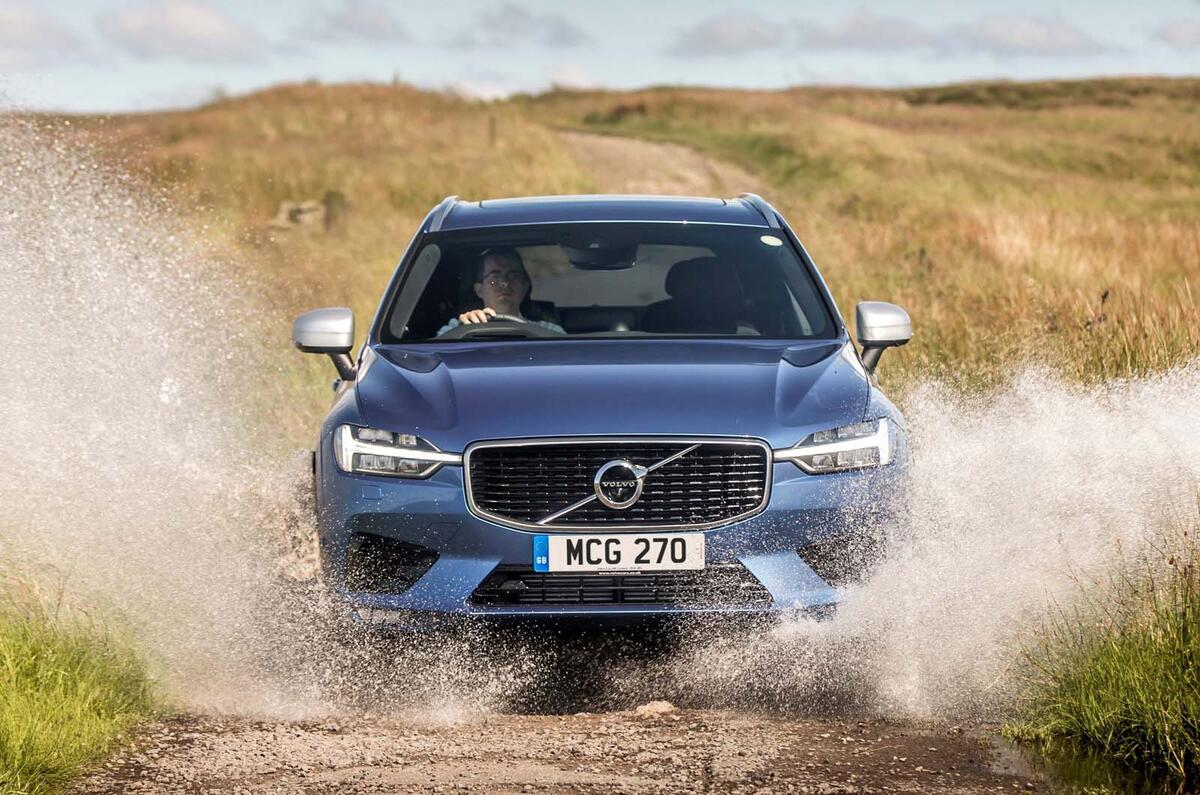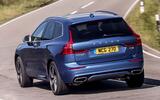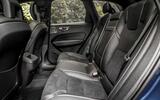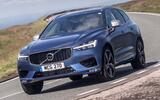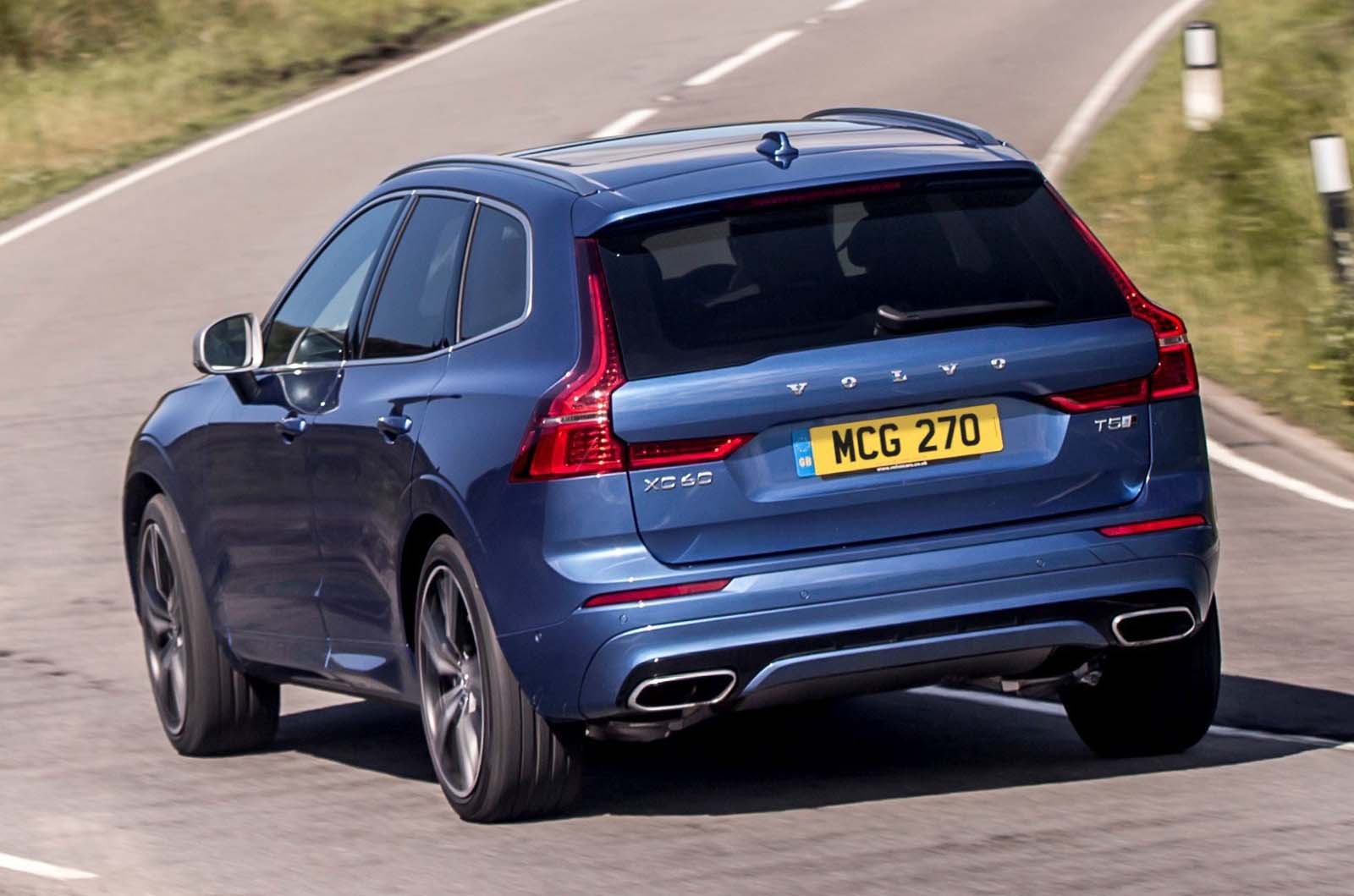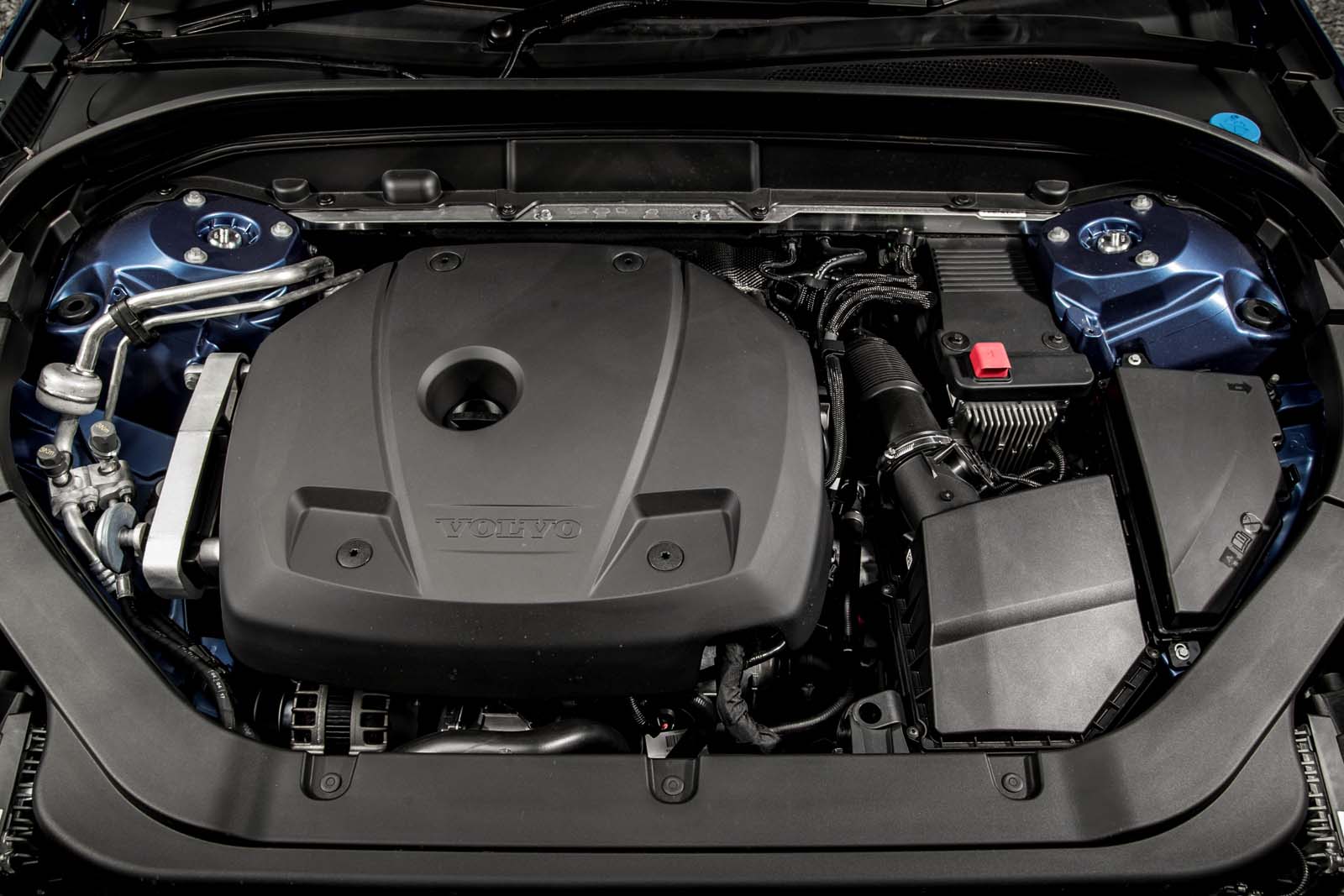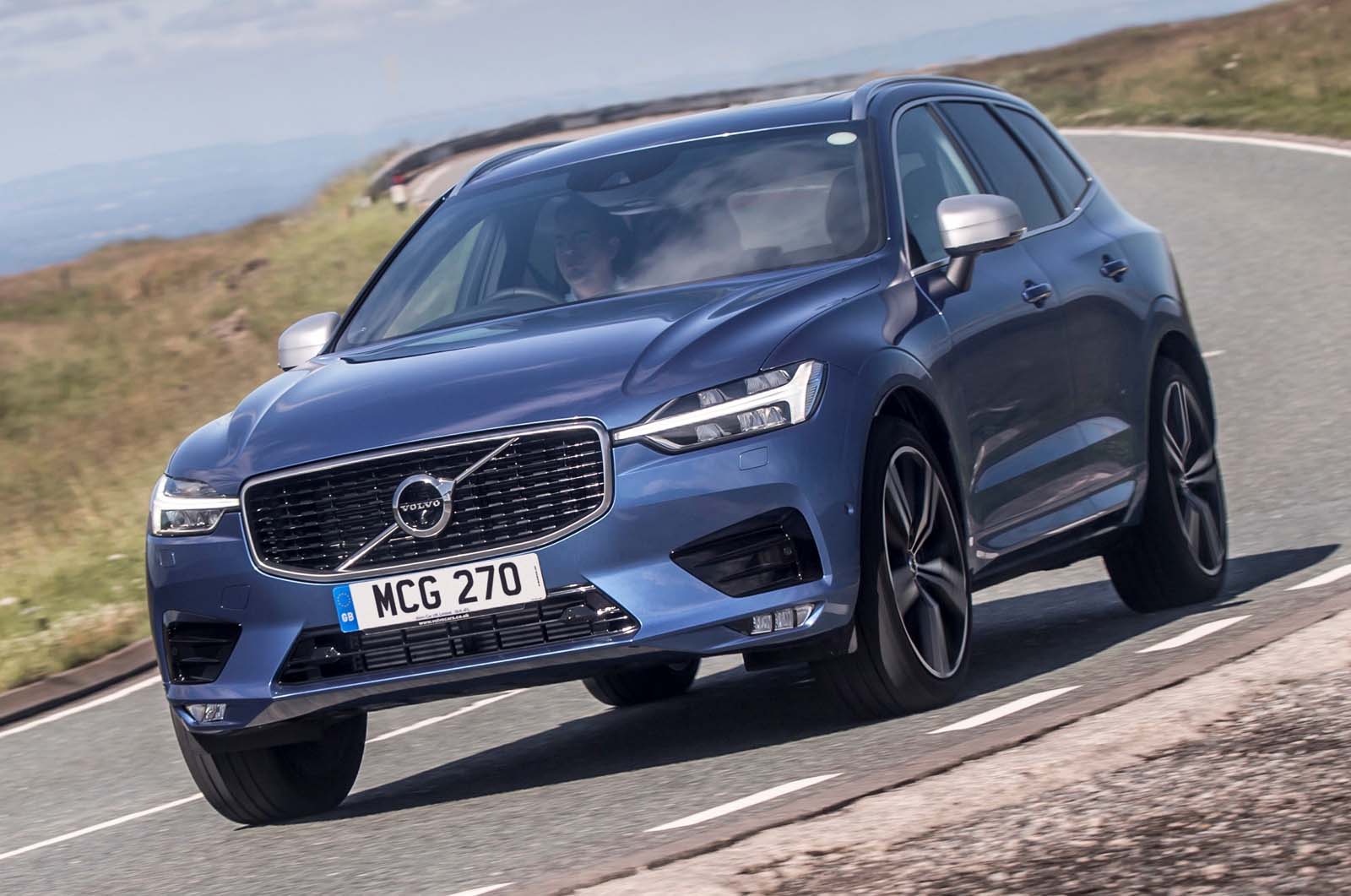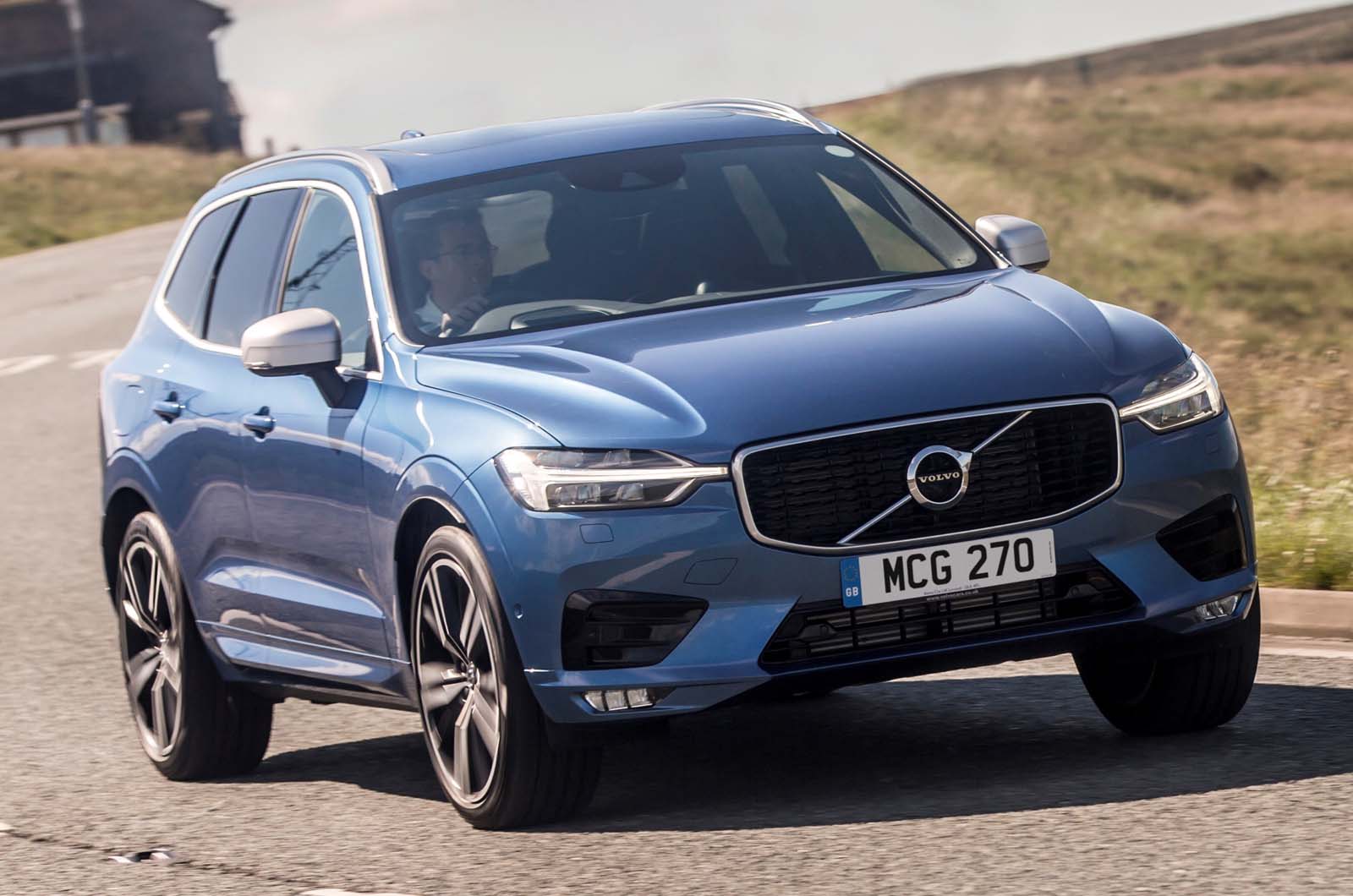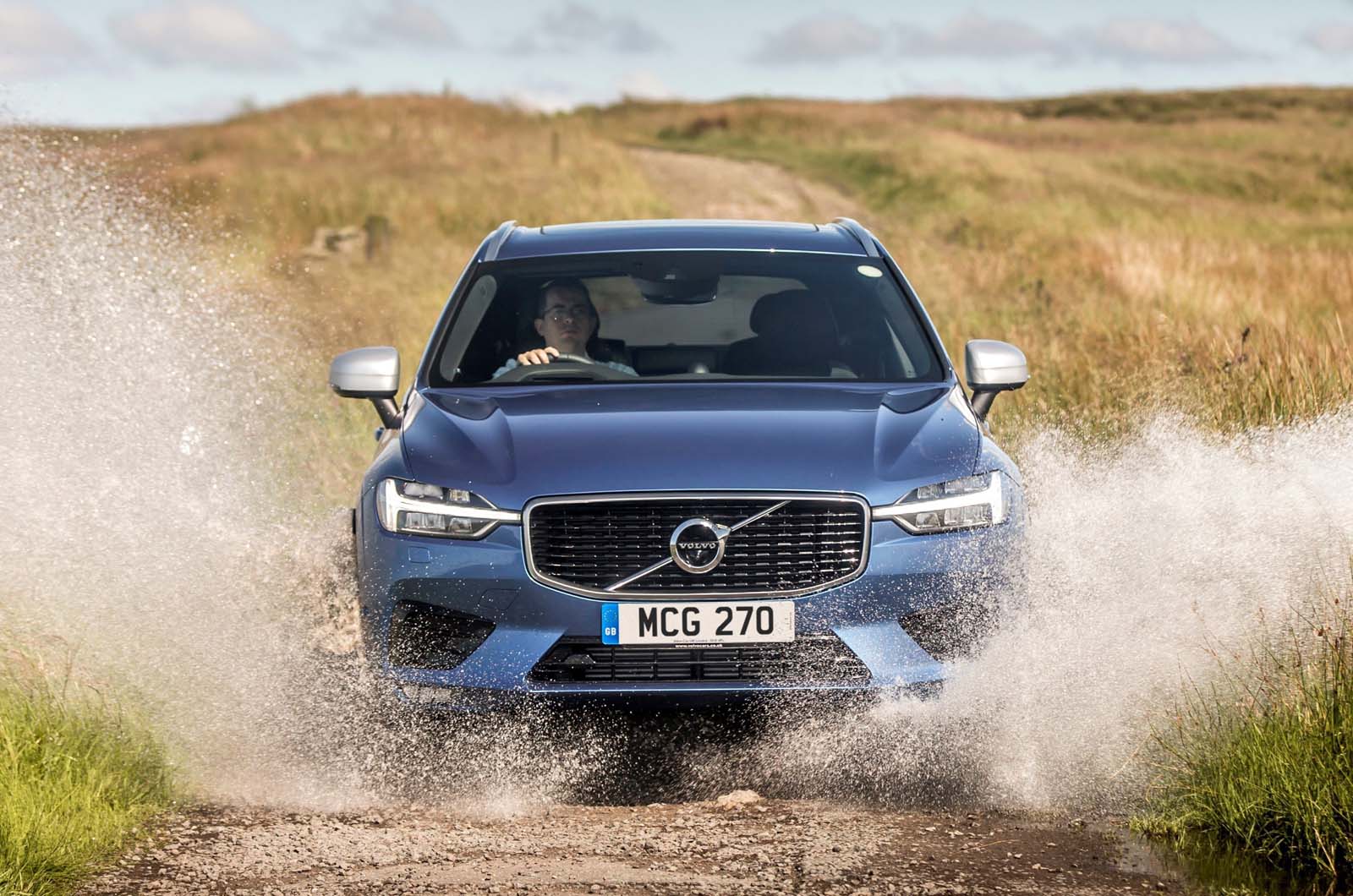In the dog-eat-dog mid-size SUV class, a distinctive exterior design is crucial to stand out from the crowd. Case in point: the second-generation Volvo XC60, which even at eight years old still looks fresh, enticing and just a little bit different.
The minimalist, Nordic-chic aesthetic gives the XC60 the distinct edge for kerb appeal next to the likes of the Audi Q5 and BMW X3 – and now that you can bag this upmarket, tech-rich SUV for as little as £12,000, it starts to look all the more attractive.
The show continues once the doors open too. The XC60’s airy cabin is modelled on the flagship XC90’s so it is among the slickest, most comfortable and most technologically advanced in its segment.
There are plush leathers, soft materials adorn all the key touchpoints and, while there is a big portrait-oriented touchscreen, it’s supplemented by a useful array of chunky switches and buttons to satisfy your analogue proclivities.
All trim levels are well equipped. You can spend around £2000-£3000 more on a range-topping Inscription model, which gets 20in wheels and massage seats, but you won’t feel short-changed by entry-level Momentum, with its all-important heated steering wheel and ‘Thor’s hammer’ LED headlights.
If you’re after a more sporting look, then R-Design is your best bet but just be aware of the slightly firmer front seats.
Rear accommodation is good, and although the second row doesn’t slide fore and aft, adults will have no trouble getting comfortable in the back. The boot is slightly short of class standards, at 505 litres, but it’s still big enough for several carry-on suitcases and has no lip so is easy to load.




